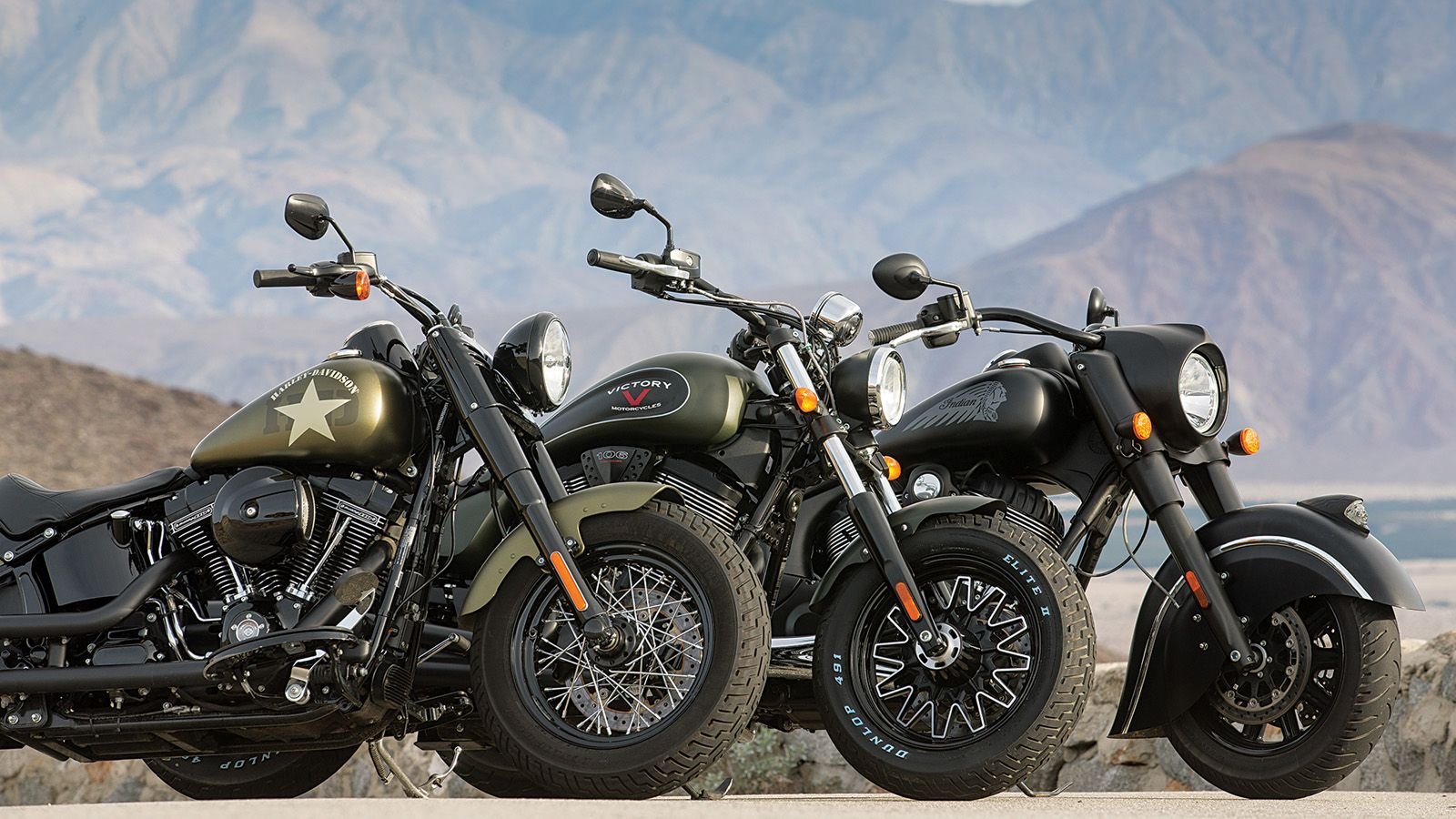Harley-Davidson is Paying the Price for Focusing on Cruisers
Given current consumer behavior, there is no reason to think a market turnaround is near.




















Structural Decline
Harley-Davidson excels at manufacturing premium, heavyweight cruisers that are among the best, if not the best, in the world. It is a hard-won distinction, but one that might also be the Motor Company's greatest challenge. Since 2015, there has been a slump in big touring motorcycle sales. Analysts call it a 'structural decline,' and it is a reality that could fundamentally change Harley-Davidson.
Shared Concern
According to early reports, Harley-Davidson's sales were down ten percent in the first quarter of 2019. To put it in perspective, their fourth-quarter profits were less than half a million dollars, compared to $8.3 million in 2017. The Motor Company is not alone. Indian Motorcycle is also facing the same issue. This is also compounded by a worldwide decline in motorcycle sales — no matter the brand.
>>Join the conversation about H-D's marketing strategy here in the Harley-Davidson Forum!
Systemic Issue
The problem is not just sales. The 'structural decline' is a systemic issue, meaning that it involves the next generation of riders. Millennials, the current youth generation, are just not as interested in motorcycling, partly due to their financial uncertainty. In addition, Baby Boomers, who represent the average fifty-five-year-old Harley-Davidson owner, are not trading-up to new models with the same frequency as before.
Photo courtesy of ctpost
>>Join the conversation about H-D's marketing strategy here in the Harley-Davidson Forum!
Tired Rebellion
Money and job stability aside, there is also an image problem. Baby Boomers liked fast, loud, muscular machines, reveled in nostalgia and flirted with rebellion. It is a perception that has worked in Harley-Davidson's favor since the early 1980s, but not anymore. A recent Jalopnik article states that Millennials view Baby Boomers as the "tired old folks who screwed up America.”
Photo courtesy of Kuryakyn
>>Join the conversation about H-D's marketing strategy here in the Harley-Davidson Forum!
Multiple Choice
While the view is somewhat dramatic, UBS analyst Robin Farley recently issued a report suggesting that Harley-Davidson and Indian Motorcycle have a problem beyond the aging of their customers. For older customers riding is more of a hobby. For younger riders, it is seen as an easy, affordable, and even fun daily transportation. And Harley-Davidson's competitors have multiple offerings in this category.
>>Join the conversation about H-D's marketing strategy here in the Harley-Davidson Forum!
Entry-Level
The Motor Company has made some attempts to diversify beyond its cruiser and touring market. In a bid to attract new riders, they introduced the 500cc Buell Blast in 2000 through their subsidiary, the Buell Motorcycle Company. In 2008, Harley-Davidson bought the Italian MV Agusta Group in a move to enter the sports bike market. More recently, Harley-Davidson produced the entry-level Street 500 in 2013, but it was panned by critics as unremarkable.
>>Join the conversation about H-D's marketing strategy here in the Harley-Davidson Forum!
Back to Basics
The diversified efforts did not last long. Due to a poor economy, Harley-Davidson dumped Buell and sold MV Agusta in 2009. The decision, as contentious today as it was back then, was to focus on their core customers and stick to building cruisers and touring bikes. True to its motivations, Harley-Davidson has improved its offerings in the last decade, crowned by the likes of Project Rushmore and the latest Softail lineup in 2018.
>>Join the conversation about H-D's marketing strategy here in the Harley-Davidson Forum!
Winning Outlook
Optimism is strong among Harley-Davidson executives. In the same Jalopnik article, Dave Cotteleer, Vice President and Managing Director of US Markets stated emphatically, “We will win, there have been literally hundreds of motorcycle companies in the United States that have come and gone and yet Harley-Davidson continues to thrive and survive.”
>>Join the conversation about H-D's marketing strategy here in the Harley-Davidson Forum!
Public Investment
It is important to remember that Harley-Davidson has faced an uncertain future before. On New Year’s Eve in 1985, the Motor Company brass sat in a room with two stacks of papers — one for bankruptcy and another for recapitalization. With personal investments of more than a million dollars on the line, an eleventh-hour investor came through. Just seven months later in July 1986, Harley-Davidson went public.
>>Join the conversation about H-D's marketing strategy here in the Harley-Davidson Forum!
Heavy Rumblings
Millennials will grow older and the interest in touring motorcycles might be rejuvenated. Exactly what that will look like is anyone's guess. The rumbling heavyweight V-Twin that can trace its roots back to 1909 may not be the obvious choice. For a company that is steeped in over a century of tradition, this poses a real dilemma — one that may have already arrived.
>>Join the conversation about H-D's marketing strategy here in the Harley-Davidson Forum!
For help with the service of your bike, check out the how-to section of HDForums.com.

